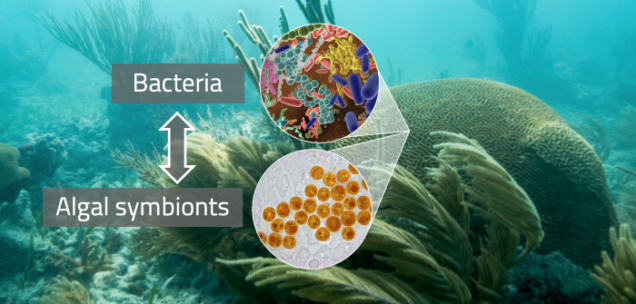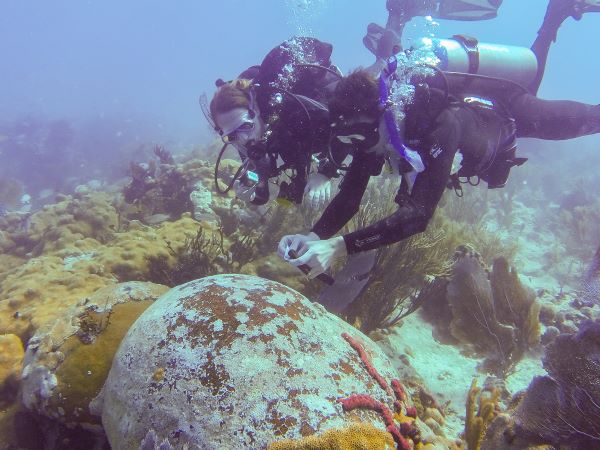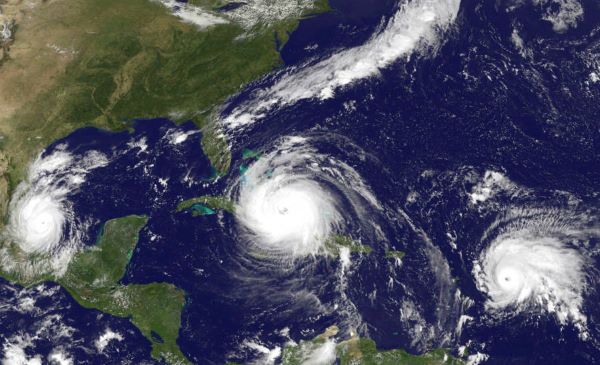Coral Microbiome
All of life’s diversity on earth is a result of random mutations being selected for across varying environments. The more that environments vary, the greater the potential for organisms to become locally adapted. Local adaptation refers to the simple idea that an organism will thrive best in the environment where it comes from. We used to think of the ocean as a relatively homogeneous environment on small scales, but coral reef research has routinely demonstrated that this may not be the case: even a few kilometers can be the difference between high or low light, stable or volatile temperatures, and extreme to negligible wave activity.


